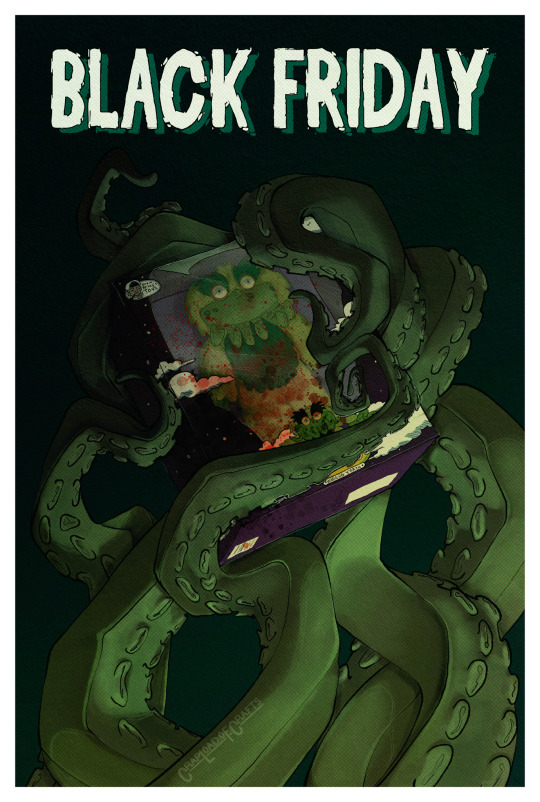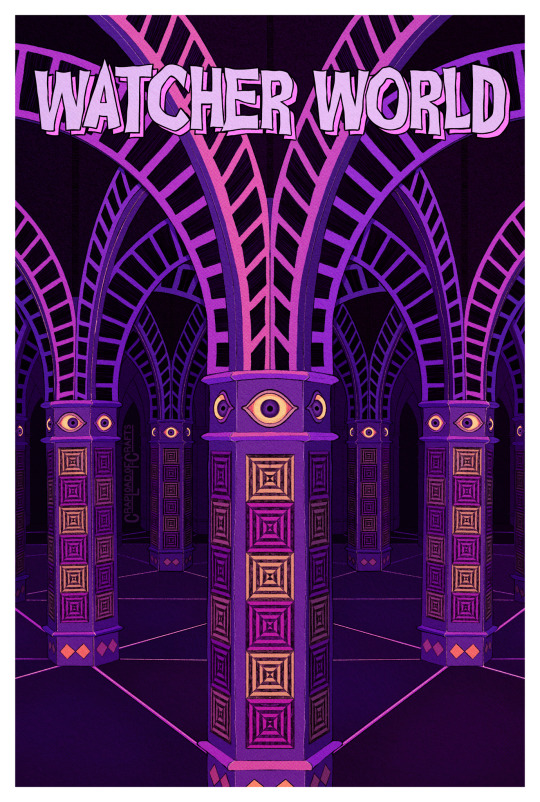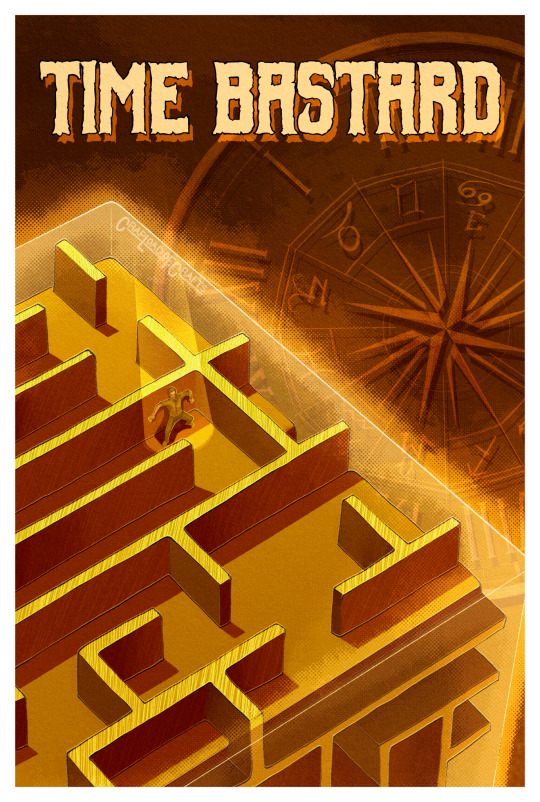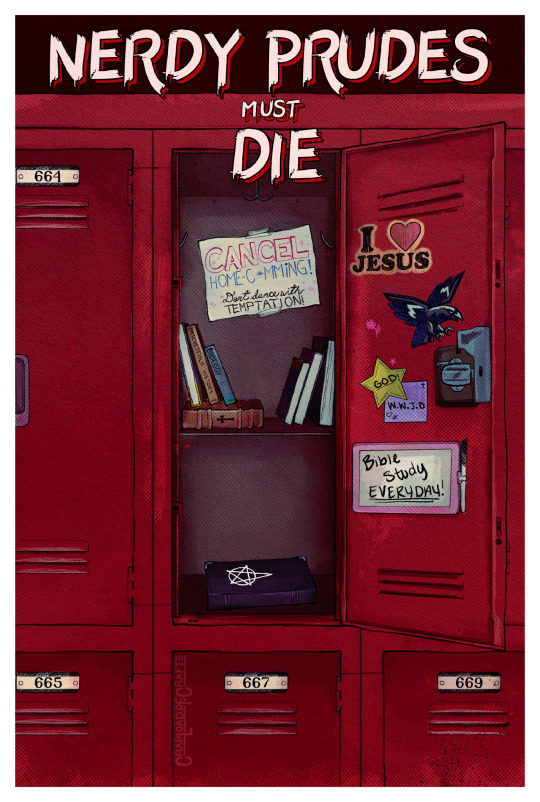#Black churches
Explore tagged Tumblr posts
Text

Many more Black churches everywhere should be doing this! Put those deacons to work!
124 notes
·
View notes
Text
Ever since the Voting Rights Act of 1965, Black voters have been the Democratic Party’s most loyal constituency. And Black churches have frequently operated almost as an extra organizational arm for Democrats, with church leaders endorsing candidates, giving them platforms to connect with voters, and spearheading registration and turnout efforts. Civil rights icons like the Rev. Martin Luther King Jr. and Rep. John Lewis began their careers in the church, preaching love and peace as a path to social and political progress. As “the first Black institution,” says Eric McDaniel, co-director of the University of Texas at Austin’s Politics of Race and Ethnicity Lab, the church is “where Black politics took shape.”
Story Hinckley, ‘Black voters’ decline in church attendance could hurt Biden, help Trump’, Christian Science Monitor
#Christian Science Monitor#Story Hinckley#1965 Voting Rights Act#Democratic Party#Black churches#United States#Martin Luther King Jr.#John Lewis#Eric McDaniel
3 notes
·
View notes
Text

The white mob that held Memphis in terror for three terrible days in May 1866 targeted black churches for destruction. They burned wood frame buildings and ruined even a large brick church building. According to the Congressional inquiry into the massacre, the mob destroyed every black church in Memphis. The Congressional report recounted the testimony of preachers from African American churches whose lives had been threatened by white residents during and after the massacre.
Why would the white mob deliberately target black churches during the Memphis massacre? What did these churches represent – both to formerly enslaved Memphians and to white Memphians? How did black churches support African Americans’ struggle for civil and political rights in the post-emancipation South?
Slave Religion & Emancipation
Christianity had a long, complex history among American slaves. Historian Albert Raboteau’s classic Slave Religion: The “Invisible Institution” in the Antebellum South charted this history nearly forty years ago. He showed that despite slaveholders’ efforts to teach a version of Christianity centered on obedience to masters, slaves created complex religious cultures combining African religious retentions and Christian practices. Raboteau concluded with the observation of African American theologian Howard Thurman that, “By some amazing but vastly creative spiritual insight, the slave undertook the redemption of a religion that the master had profaned in his midst.” On the eve of emancipation, slave religion had become a vital cultural force, insisting on the humanity of those caught in the dehumanizing system of slavery. As spirituals – the theological writings of slaves – maintained, the God who brought the Israelites out of slavery in Egypt, destroyed the walls of Jericho, and protected Daniel in the lion’s den would upend the social order to free American slaves from bondage. Enslaved Christians worked for and longed for that divinely directed emancipation.
When the Civil War came to the Mid-South, black Christians recognized it as an opportunity for their exodus from slavery. On a West Tennessee farm, Isaac Lane, a slave preacher who would later found Lane College, led prayer meetings of fellow slaves praying that the Civil War would bring emancipation. Local whites badly beat Lane when they learned of his prayer meetings. This violence testified to the strong potential for liberation that white southerners recognized in black Christianity.
With emancipation, African Americans rapidly formed their own churches. Antebellum southern churches had contained several hundred thousand enslaved members. Once free, these black Christians left white-controlled churches, much to the surprise of white Christians who did not understand why former slaves would not want to remain as second class members in segregated balconies. Freed people across rural areas and towns built rough church buildings almost overnight, despite the poverty they endured. These churches hosted day, night, and Sunday schools for black adults and children, often with support from northern missionary groups.
Churches supported black southerners’ claims for civil and political rights as citizens at a time when those rights were deeply contested. For that support, black churches earned white southerners’ criticism – and violence.
Black Churches and Citizenship
After emancipation, there were many unanswered questions about African Americans’ place in the newly reunited nation. What civil or political rights could they exercise? Would free blacks be equal citizens with white Americans? Black churches supported African Americans’ claims for civil and political rights by hosting political gatherings and mass meetings and by allowing black southerners to claim an important common identity with local whites as fellow Christians.
In the infamous Dred Scott decision in 1857, the U.S. Supreme Court had ruled that people of African descent, whether slave or free, were not citizens of the United States. The Fourteenth Amendment would overrule that decision, declaring that all persons born in the U.S. were citizens, but that amendment would only be ratified two years after the Memphis Massacre. Even if it were granted, what citizenship meant was also uncertain. Women’s presence as citizens who could not vote showed that citizenship did not guarantee equal political rights.
The Congressional Report on the Memphis Massacre talked of the “citizens” of Memphis as its longtime white residents. The document implicitly excluded newly-arrived northern whites and black residents when it spoke of the “citizens” who shaped public opinion in Memphis. Both access to citizenship and the rights that came with citizenship proved a shifting ground in the post-emancipation South.
Because citizenship was such an uncertain category, identity as Christians became all the more important for black Memphians – and other former slaves – as they sought to assert their civil and political rights. Insisting that they were fellow Christians with their white neighbors was an important way for black Memphians to assert themselves as equal to whites. While racial identity was a fixed, rigid category, religious identity could change. Southern preachers had long stressed that Christian conversion was available to all, whether slave or free, black or white. The more fully that black residents could insist that Christian identity should signify who belonged in Memphis, the more they could put themselves in that category of belonging. Religious identity gave black Memphians a malleable category to use instead of the fixed categories of race that excluded them from whiteness and from citizenship.
In making these claims, Memphis’ black community drew upon the widely accepted valued of Christian identity and behavior. As Major Gen. George Stoneman worked to restore order after the massacre, he wrote that Memphians must “govern themselves as a law-abiding and Christian community.” Missionary teachers from northern states interviewed after the massacre explained that they were working for the “education and Christianization” of black Memphians. The 1866 report makes clear that Christian behavior was a widely accepted goal. Black Memphians’ insistence that their Christian identity made them worthy of civil and political rights alongside white residents proved a savvy, effective strategy. But these efforts were also a consistent interpretation of generations of black Christianity.
In May 1866, black churches were full of Memphians who had long prayed that the God who had brought the ancient Israelites out of slavery in Egypt would free them from the horrors of the South’s peculiar institution. The churches held schools, community meetings, and political rallies in addition to their religious services. Churches helped black Memphians try to claim an equal status as fellow Christians with white southerners.
The white mob that targeted black churches during the Memphis massacre would not have done so by chance or by mistake. White Memphians knew that black churches occupied a central place in the black community’s quest for civil and political rights. Destroying all of Memphis’ black churches showed the mob’s effort to destroy the black community’s hope, their schools, their political advocacy, and their meeting places.
Fortunately, the mob did not have the final word. Within months, black churches would be rebuilt and would again be filled day and night with schools and religious services. They would continue to serve as centers for community organizing and political action. And they would continue to insist that black and white Memphians, as fellow Christians, deserved equal civil and political rights.
#tennessee#memphis#white hate#white supremacy#Black Churches#Black Communities#Why Did White Mobs Burn Black Churches in the Memphis Massacre#Freedmen#1866
5 notes
·
View notes
Text
GoFundMe started after pastor's near-death experience
GoFundMe started after pastor's near-death experience
Glenn Germany was giving a sermon at a Pennsylvania church in May when a man tried to shoot him. The gun jammed and a congregation member and the pastor were able to disarm the suspected shooter. Because of that terrifying incident, Pastor Glenn Germany has started a GoFundMe to make improvements to church security. Pastor Glenn Germany near-death experience “After this experience, just about…
0 notes
Text

Ecclesiasticus 6:18 My son, gather instruction from thy youth up: so shalt thou find wisdom till thine old age. #DailyBread #BibleVisuals #Bible #Scriptures #IUIC #Israelites
#iuic#blacks#hispanics#nativeamericans#israelites#12tribes#latinos#youtube#nathanyel7#influencer#christians#jesus#christianity#religion#black churches
0 notes
Link
False friends
#Black Churches#Christian Zionism#Synagogues#America#Israel#mythology#colonialism#oppression#politics#delusion
0 notes
Text

field guide to churchyard grims and lichen .。*゚+.*.。
#art#illustration#artists on tumblr#comics#doodle#illustrator#artist#digital art#animal art#lichen#church grims#black dogs#black dog#churchyard#church grim#folklore#folklore art#scientific illustration#dog drawing#canine art#dog art#dog breeds#botanical art#moss
3K notes
·
View notes
Photo





Tura Satana, Lori Williams & Haji in Faster, Pussycat! Kill! Kill! (1965)
#faster pussycat! kill! kill!#faster pussycat kill kill#tura satana#lori williams#haji#film#60s#1960s#gif#filmedit#russ meyer#exploitation film#black and white#60s fashion#vintage fashion#dailyflicks#moviegifs#usersource#userfilm#fyeahmovies#filmgifs#cinemapix#tvandfilm#filmtvdaily#60sedit#see you in church
3K notes
·
View notes
Text






The complete Hatchetfield-verse poster set
All of these are up on my Redbubble if you would like to buy a sticker or poster of these designs!!!
#art#digital art#procreate#fanart#starkid#lords in black#black friday#the guy who didn't like musicals#nightmare time#nightmare time 2#nerdy prudes must die#tgwdlm#not#bf#nmt2#npmd#posters#starkid fanart#the church of starry children#musicals#horror comedy#hatchetfieldverse#hatchefield#pokey#wiggly#blinky#tinky#nibbly
12K notes
·
View notes
Text

Burn them all
#burn churches#church#fire#darkness#666 satan#666#aesthetic#gothic#dark aesthetic#alternative#dark art#ave satanas#the devil in me#black metal#evil girl#daughter of evil#evil women#evil#creepy girls#scary stuff#horror#real horror#gothic metalhead#gothgoth#goth#hail satan 666#satan loves you#the satanic bible#i love satan#the satanic verses
4K notes
·
View notes
Text
A special thank you to veteran religion reporter Adelle Banks for taking the time to meet with the students of the Religion Reporting Project – an initiative led by FāVS News Executive Director Tracy Simmons that provides an opportunity for students to explore and deepen their understanding of religion and culture through a blend of field trips, engaging discussions, and immersive journalism experiences.
Adelle Banks is a program editor and national reporter for Religion News Service. She met with the students to talk about her background and experiences working as a religion reporter primarily covering Black communities.
Read Adelle’s latest piece about how Black churches play a key role in connecting communities to broadband internet below.
#Adelle Banks#black community#black churches#churches#religion#religion reporting#journalism#spokane#pacific northwest#community
0 notes
Text


The infamous puppy debacle of '94
#payneland#edwin x charles#dead boy detectives#dbda#charles found an immortal puppy#of course he wanted to keep it!#alas church grims belong in cemeteries#but the boys still visit her#i couldn't think of a funny enough name for her so if you have any suggestions...#she looks like that because I have two black greyhounds and they're very funny looking#also now that she doesn't steal all of charles' attention edwin loves that dog
3K notes
·
View notes
Text


#dark aesthetic#gothic aesthetic#gothic#gothcore#vampire aesthetic#horror#vampiric#black and white#dracula#nevermore#black cat#church#darksiders#gothic core
2K notes
·
View notes
Text
#Several Reasons Why A Lot Of Black Churches And Black Pastors Have Sold Out The Interest Of The Black Community#Black Churches#pastors who prey on their congregations#Black church wealth
3 notes
·
View notes
Text
$4 Million Awarded to Help Protect 31 Historic Black Churches in U.S.
$4 Million Awarded to Help Protect 31 Historic Black Churches in U.S.
The National Trust for Historic Preservation’s African American Cultural Heritage Action Fund is awarding $4 million in its second round of Preserving Black Churches grants to 31 historic Black churches across the U.S.
With over $95 million in funding, the Action Fund is the largest U.S. resource dedicated to preserving Black churches.

View On WordPress
0 notes
Text


Edinburgh
Mvdso
#photography#moody#darkcore#dark and moody#goth#dark#scotland gothic#scotland#edinburgh#bnw#black and red#blackandwhite#church goth#goth photography#alternative goth#gothcore#vampire goth#goth aesthetic#victorian gothic#gothic#soft goth#gothgoth#goth alternative#gothic aesthetic#nu goth#gothic architecture#church architecture#architecture
2K notes
·
View notes